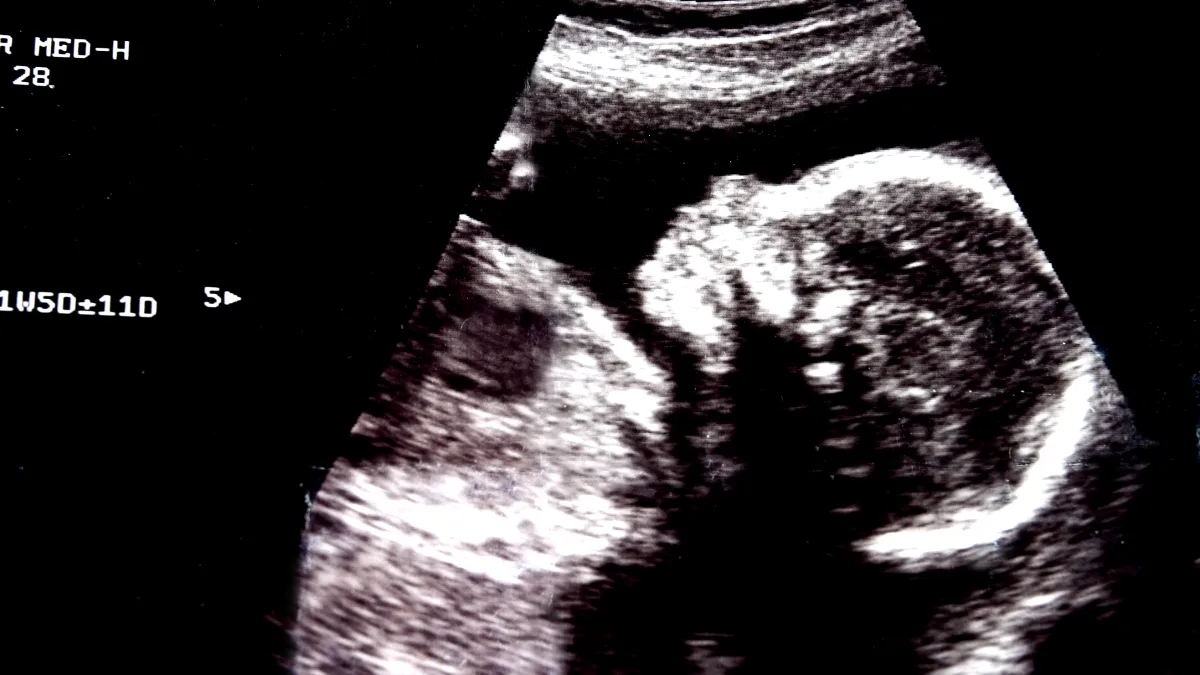Bulgaria’s entry into the eurozone on January 1, 2026, will shrink the club of EU holdouts to six. Denmark negotiated its way out during Maastricht and shows no signs of buyer’s remorse. The other five—Czechia, Hungary, Poland, Romania, and Sweden—are treaty-bound to adopt the euro. Romania genuinely tries but fails spectacularly. The rest seem determined to drag their feet until the heat death of the universe.
This monetary rebellion is economic masochism dressed up as patriotic duty. Politicians in Prague, Budapest, and Warsaw wave sovereignty flags whilst their economies bleed billions in foregone benefits. The evidence suggests they are busy shooting themselves in both feet.
The price of pride
Euro adoption delivers cold, hard returns. Studies tracking American investment patterns show eurozone membership boosts FDI by 15 per cent to 64 per cent. EU members specifically see an additional 20 per cent bump from currency union membership. Exchange rate risk vanishes. Liquidity flows freely.
The euro dominates 40 per cent of global cross-border payments. Companies save fortunes on currency conversion costs. Price transparency improves. Trade frictions disappear.
Bulgaria offers a preview of coming attractions. Some 60 per cent of its exports head to EU countries. Fitch immediately upgraded the country to BBB+ after Brussels blessed its euro bid. Credit markets smiled.
The holdouts look particularly foolish given their existing exposure. Hungary’s corporate sector borrows 45 per cent of its loans in euros. Romania shows similar patterns. They are shadow eurozone members already. They just miss out on the benefits.
The sovereignty delusion
Public opinion polls tell a sorry tale. At least 72 per cent of Czechs oppose euro adoption. Polish and Hungarian voters show similar hostility. This represents democracy’s triumph over arithmetic.
Former prime minister and current opposition leader Andrej Babiš (likely to return to the PM’s office following elections in October) warns that euro adoption would bankrupt Czech households and enslave Prague to Brussels. Pundits in Hungary friendly to Viktor Orbán call the euro a political Trojan horse masquerading as monetary policy. Such rhetoric plays well at campaign rallies.
It also ignores reality. Czech interest rates track European Central Bank decisions regardless. The koruna and euro move in lockstep against the dollar. The supposed monetary independence is theatre.
Czech economist Martin Procházka puts it bluntly: “Most ordinary citizens do not study the issue deeply, instead borrowing positions from political leaders. Pro-European voices have been silent whilst eurosceptics shout loudly.” Politicians exploit ignorance for electoral gain. Citizens pay the cost.
Gaming the system
The Maastricht criteria offer convenient cover for foot-draggers. Countries must show price stability, fiscal discipline, exchange rate stability through ERM-II membership, and interest rate convergence. The EU’s 2024 convergence report shows most of the remaining holdouts failing at least one test.
This reflects choice, not capacity. Sweden has perfected the art of deliberate failure. It refuses ERM-II membership despite meeting every other criterion. Brussels tolerates this treaty violation. Other countries copy Sweden’s homework.
Czechia actually passes four of five tests already. Only exchange rate stability remains—a box it could tick tomorrow by joining ERM-II. Prague chooses not to.
Romania tries harder but struggles more. The Romanian Fiscal Council has pushed euro adoption back to 2029-30, citing persistent budget deficits. Here, economics rather than politics creates obstacles.
Breaking the deadlock
Euro adoption has become a circular trap. Politicians refuse to lead because voters oppose change. Voters oppose change because politicians refuse to explain benefits. Current Prime Minister Petr Fiala admits Czechia meets the criteria but insists “majority public support is key”. He thus abdicates leadership whilst demanding public enthusiasm.
Business leaders show more sense. A PwC survey found nearly 70 per cent of Czech CEOs favour euro adoption. They understand transaction costs and exchange rate risks. Their voices carry less weight than populist politicians.
Demographics favour eventual change. Czech students and entrepreneurs support euro adoption by 45 per cent and 40 per cent respectively. Younger voters lean more pro-European. Time works against the holdouts.
Brussels could sharpen incentives. Linking structural fund payments to euro progress would focus minds wonderfully. The Commission tolerates Swedish non-compliance, signalling that EU treaties are suggestions rather than obligations. Firmer enforcement might encourage compliance.
The cost of stubbornness
Economic integration proceeds regardless of political preferences. Trade flows deepen. Investment links multiply. Financial markets converge. The holdouts increasingly resemble eurozone members in all but formal status.
They surrender influence over decisions that affect them anyway. The ECB sets rates that ripple through their economies. They enjoy none of the economic stability that currency union provides whilst bearing most of its constraints.
The stubborn holdouts believe they preserve sovereignty through monetary independence. They have actually chosen the worst outcome: all the responsibilities of European integration with none of the benefits. Their citizens deserve better than this expensive pantomime of false autonomy. Economic logic will eventually triumph over political posturing. The only question is how much money gets wasted first.
Photo: Dreamstime.







